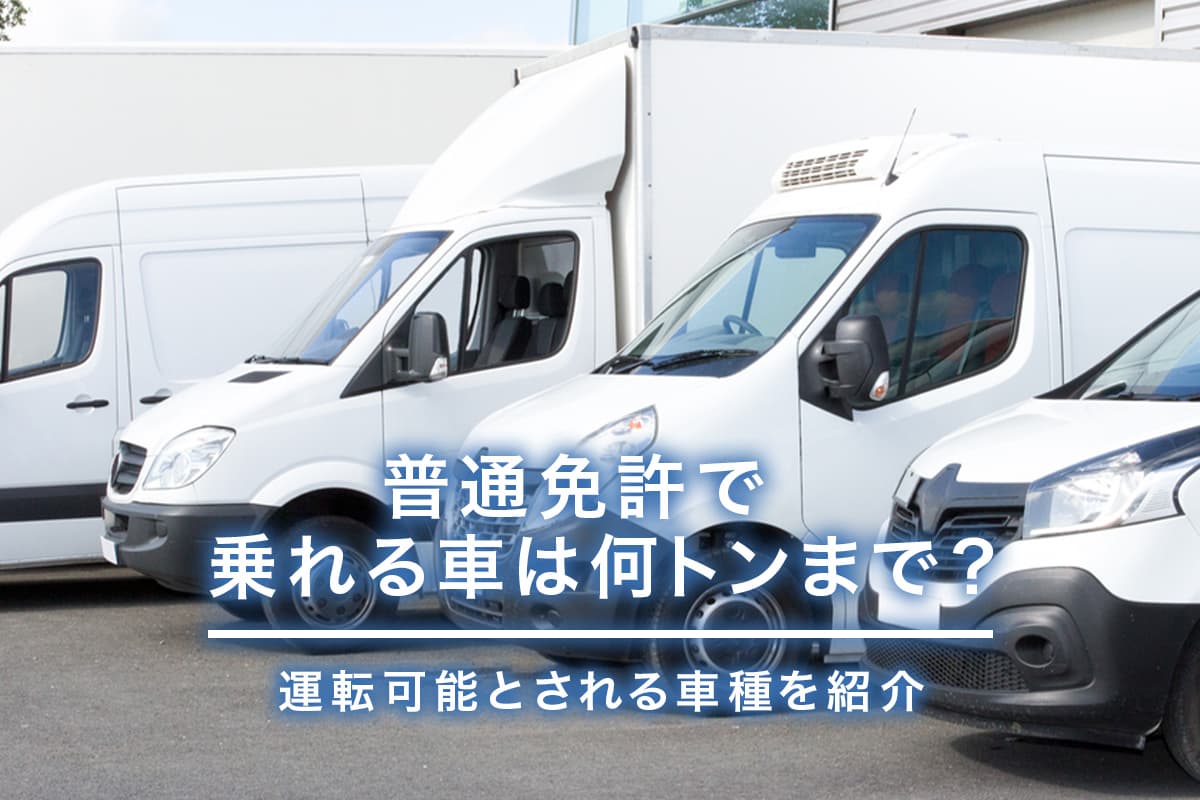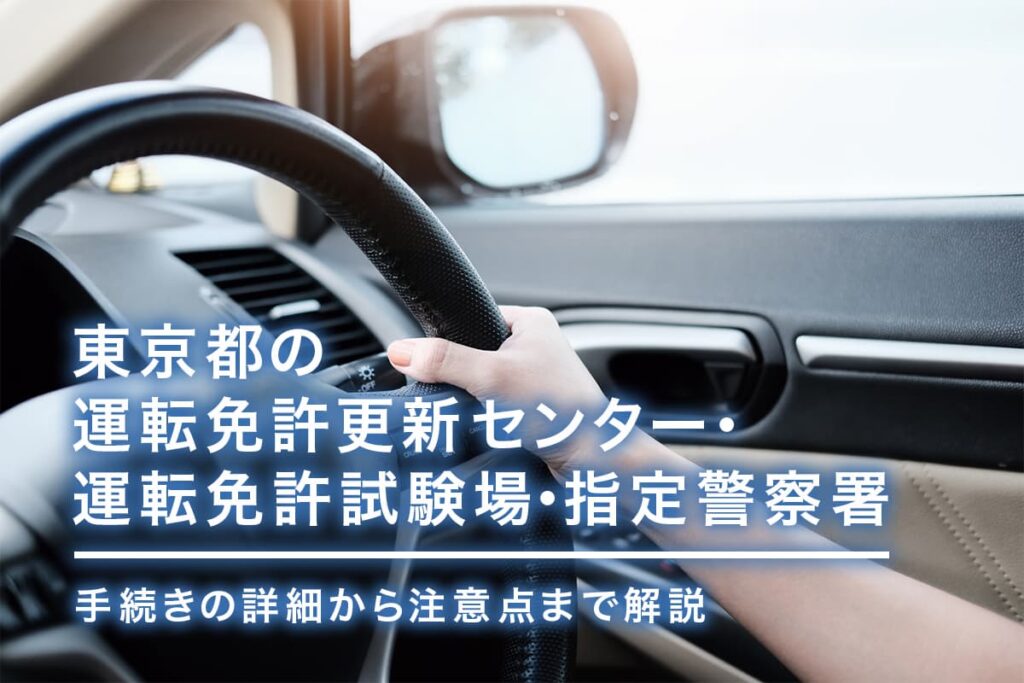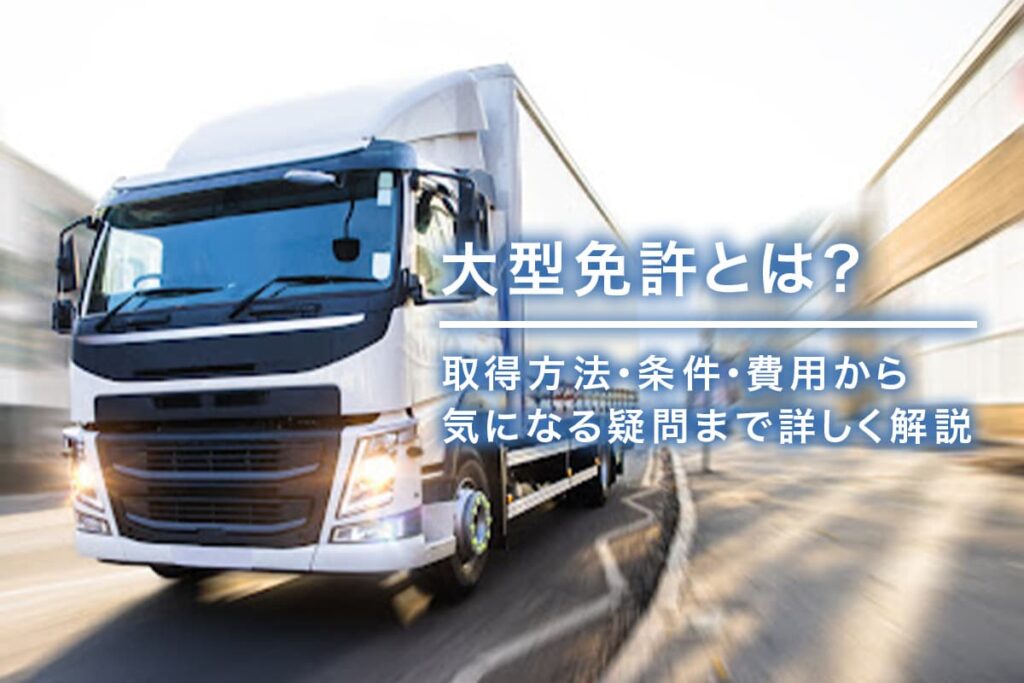There are various types of car licenses, and the vehicles that you can drive are determined by each type of license. What kind of vehicles can you drive with a regular driver's license, which is often obtained to drive a passenger car?
Some people may think that they can drive a truck with a regular license, but that is not necessarily the case. Due to recent revisions, the restrictions on vehicles that can be driven have changed. Let's understand the types of vehicles you can drive with a regular license, taking into account the timing of obtaining the license.
Types of vehicles you can drive with a regular license
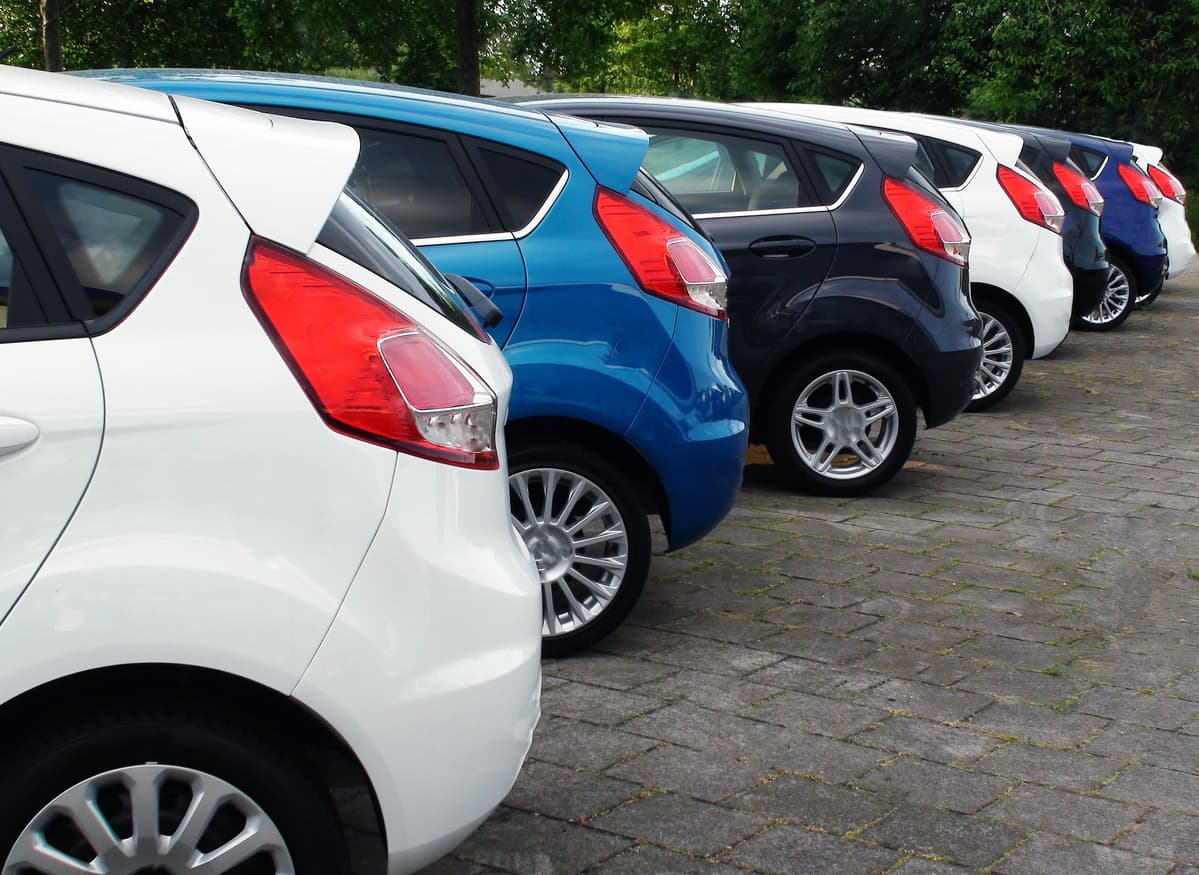 First, let's understand the types of vehicles that everyone with a regular driver's license can drive. The following three types of vehicles are eligible:
First, let's understand the types of vehicles that everyone with a regular driver's license can drive. The following three types of vehicles are eligible:
- Ordinary car
- Small special purpose vehicle
- motorized bicycle
As of January 2023, these vehicles are permitted regardless of when the license was obtained. Let's take a look at what exactly each vehicle refers to.
Ordinary car
A regular vehicle is defined as a vehicle that satisfies all of the following conditions: the gross vehicle weight is less than 3.5 tons, the maximum load capacity is less than 2 tons, and the passenger capacity is 10 people or less. Cars that are generally used for passenger purposes are often classified as ordinary cars.
There are two types of regular cars: AT cars (automatic cars) and MT cars (manual cars). MT cars are said to be relatively more difficult to drive than AT cars, and when acquiring a driver's license, there are two choices: an AT-only license or one without.
If your regular license is limited to AT, you will not be able to drive a manual transmission unless you take a course at a driving school to remove the AT restriction, or take a skills test at a driver's license examination center to have the restriction lifted.
In addition, a Class 2 ordinary license is required when driving a regular motor vehicle for passenger transport purposes such as a taxi or driving agency. As long as you are not carrying passengers, you can drive a regular car with a regular license. Even if you have a Class 2 license, it is a violation of the Road Transport Act as a taxi (white taxi) without a green license plate (a license plate that has been licensed for general freight vehicle transport business).
Small special purpose vehicle
Small special vehicles (small special vehicles) refer to small vehicles such as snowplows used for shoveling snow, tractors and combines used for agricultural work, and forklifts used in factories. These vehicles can be driven on public roads with a regular license.
In terms of performance, vehicles with a vehicle length of 4.7m or less, a vehicle width of 1.7m or less, a vehicle height of 2m or less (2.8m or less for the head guard), and a maximum speed of 15km/h or less are considered compact. Defined as special.
However, among the small special vehicles, small forklifts require a forklift qualification (forklift skill training certificate) under the Industrial Safety and Health Act. Large forklifts may require a large special license.
In addition, vehicles classified as new small special vehicles require a large special license, and regular licenses are not eligible for permission.
motorized bicycle
A motorized bicycle (moped) is a two-wheeled vehicle equipped with an engine (motor) with a displacement of 50cc or less, and is a type of motorcycle. Additionally, the same rules as mopeds apply to electric motorcycles (electric scooters) with a motor rated output of 0.6kW or less.
Unlike other motorcycles, mopeds are unique in that their maximum speed is limited to 30km/h. In addition, when making a right turn, you must follow rules unique to mopeds, such as a two-step right turn that involves turning along the side edge of an intersection.
The permission to ride a moped in a regular license is limited to mopeds, and you cannot ride other motorcycles. Please note that motorcycles with a displacement of 51cc or more are not eligible.
How many tons can a truck carry with a regular license?

With a regular license, you can drive a truck (freight vehicle), but please be aware that there are restrictions on the types of trucks you can drive depending on when you obtain your regular license.
There are three timings when you can obtain a regular driver's license:
- Until June 1, 2007
- Until March 11, 2017
- After March 12, 2017
When thinking about driving a truck, it is important to first check when you got your license.
If acquired by June 1, 2007
Those who obtained a regular driver's license before June 1, 2007 are permitted to drive a truck that meets the following conditions.
| Vehicle total weight | Maximum loading capacity | Number of passengers |
| Less than 8 tons | Less than 5 tons | 10 people or less |
Up until this point, license classifications had been broadly divided into two types: regular licenses and large vehicle licenses, but this was revised due to the increasing number of freight vehicle accidents within the scope of regular licenses and the increasing size of vehicles. I am receiving
As a result, the 2007 revision of the Road Traffic Act served as a major impetus to change the scope of permitted trucks.
If acquired by March 11, 2017
Those who obtained a regular driver's license before March 11, 2017 will be permitted to drive a truck that meets the following conditions.
| Vehicle total weight | Maximum loading capacity | Number of passengers |
| Less than 5 tons | Less than 3 tons | 10 people or less |
The 2007 revision defined medium-sized vehicles and at the same time created a new medium-sized vehicle license, narrowing the range of vehicles that can be driven.
If acquired after March 12, 2017
Those who acquired a regular driver's license after March 12, 2017 will be permitted to drive a truck that meets the following conditions.
| Vehicle total weight | Maximum loading capacity | Number of passengers |
| Less than 3.5 tons | Less than 2 tons | 10 people or less |
A semi-medium-sized license was newly established between the regular license and the medium-sized license, which further narrowed the scope of what you can drive. The latest revision was in 2017, so this is the current license classification.
Penalties you will receive if you drive a car that you cannot drive with a regular license

Driving a vehicle that is not permitted by your license is normally punishable as driving without a license, but it may also be considered a violation of your license conditions. Although both are illegal driving, there is a big difference in the number of violation points and penalties. Violation of license conditions will result in 2 points, while driving without a license will result in 25 points.
Although the penalties are different, it is still an illegal act. To avoid damaging your career as a driver, let's take a look at the requirements for each violation and what to do in each case.
[If you have obtained it by March 11, 2017] You will not be driving without a license and will not be subject to penalties.
The treatment for violating license conditions and driving without a license may vary depending on whether you have obtained a regular license by March 11, 2017 or not. The changes will apply to semi-medium to large-sized vehicles, for which the scope of regular licenses will fluctuate.
Those who obtained the license before June 1, 2007 will be subject to a violation of license conditions if they drive a semi-medium-sized vehicle with a gross vehicle weight of 5.0 tons or more.
Those who obtained the license by March 11, 2017 will be in violation of license conditions if they drive a medium-sized vehicle with a gross vehicle weight of 8.0 tons or more, or a medium-sized vehicle with a passenger capacity of 11 or more people.
[If acquired after March 12, 2017] You will be driving without a license and will be subject to penalties.
If a person who obtained a license after March 12, 2017 drives a car that is not in the license category, it will not be a violation of the license conditions, but will be treated as driving without a license based on Article 64 of the Road Traffic Act.
As introduced in Trucks covered by regular licenses, vehicles that are eligible for this condition are those with a gross vehicle weight of less than 3.5 tons, a maximum load capacity of less than 2 tons, and a passenger capacity of 10 or less. Vehicles exceeding this limit will be subject to unlicensed driving.
If you drive without a license, you may be subject to the following penalties:
- 25 violation points awarded
- Driving license revocation for more than 2 years
- Imprisonment of up to 3 years or a fine of up to 500,000 yen (Article 117-2-2 of the Road Traffic Act)
It is important to know your driving classification before being arrested for a violation. If you are unsure about the vehicle you are allowed to drive, it is important to check with the driver's license center or the police.
A separate license is required to drive a vehicle of a certain size.
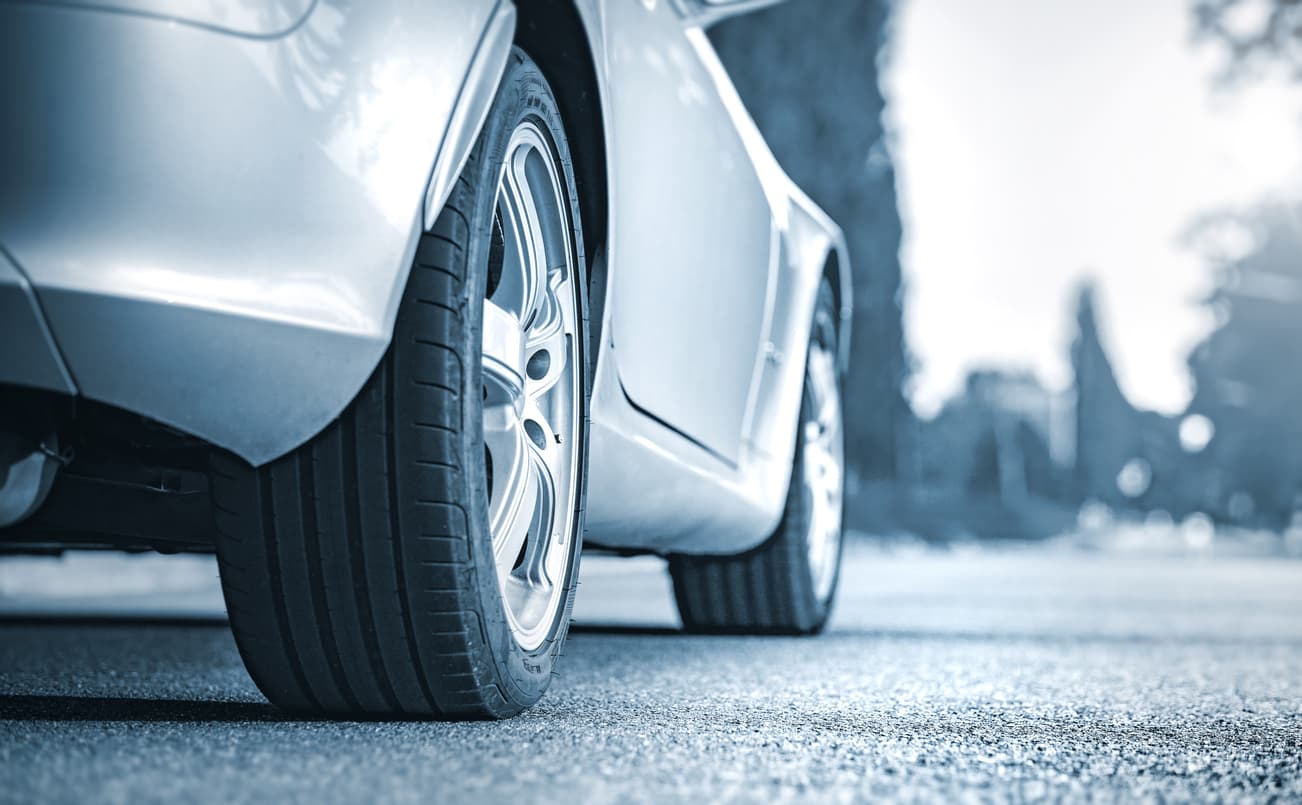
Regardless of the timing of acquisition, there are a limited number of regular cars that can be driven. If you wish to drive a vehicle that is not eligible, you will need to obtain the necessary license for each vehicle.
Obtain a semi-medium license
By obtaining a semi-medium license, which is between a regular license and a medium license, you can drive a vehicle with the following performance.
| Vehicle total weight | Maximum loading capacity | Number of passengers |
| 3.5 to less than 7.5 tons | 2 to less than 4.5 tons | 10 people or less |
The semi-medium license is a new category of license that was established on March 12, 2017. Unlike medium-sized and large-sized licenses, semi-medium-sized licenses can be obtained by people who are 18 years of age or older, even if they do not have a regular license.
It can be said that it is a relatively easy license to obtain as there are no requirements for age or years of experience driving a regular car. In fact, it is hoped that the establishment of semi-medium-sized licenses will solve the labor shortage problem in the transportation industry.
Obtain a medium-sized license
In order to drive a vehicle larger than a semi-medium vehicle license, you must obtain a medium vehicle license. If you obtain a medium-duty license, you will be able to drive a vehicle with the following capabilities.
| Vehicle total weight | Maximum loading capacity | Number of passengers |
| 7.5 to less than 11 tons | 4.5 to less than 6.5 tons | 11-29 people or less |
Medium-sized license is a category of license established on June 2, 2007. The conditions for obtaining a semi-medium license are stricter than those for a semi-medium license, and only those who are 20 years of age or older and have held a regular license for at least two years, excluding suspension periods, can receive a license.
Medium-sized cars are smaller than large trucks, route buses, and sightseeing buses, but they are much larger than regular cars used for passenger cars. This applies to 4-ton trucks, 6-ton trucks, and microbuses. Since this is a license that is often required for specialized work, it can be said that the difficulty level is high.
When transporting passenger vehicles such as microbuses, it is important to note that you must also obtain a medium-duty class 2 license.
Obtaining a medium-sized class 2 license is different from a regular medium-sized license (medium-sized type), and requires a person who has held a regular license, medium-sized license, large-sized license, or large-sized special license for 3 years or more (not including suspension periods). Targeted.
Obtain a large vehicle license
In order to drive a vehicle larger than a medium-sized car, you must obtain a large vehicle license. By obtaining a heavy vehicle license, you can ride a vehicle with the following performance.
| Vehicle total weight | Maximum loading capacity | Number of passengers |
| 11 tons or more | 6.5 tons or more | 30 people or more |
The conditions are more severe than for medium-sized cars because the vehicle body is large and it is difficult to drive quickly. You must be at least 21 years old and have a driving record that does not include a suspension period of 3 years or more among regular license, semi-medium license, medium license, and large special license.
A heavy-duty license is required to drive transport vehicles such as buses, trucks, and trailers, as well as construction-related vehicles such as dump trucks, tank trucks, and mixer trucks. When transporting hazardous materials, you will also be required to be certified as a hazardous materials handler.
As with medium-sized vehicles, you need to be aware that a Class 2 large vehicle license is required when transporting commercial vehicles for passenger purposes, such as route buses and sightseeing buses. The condition here is that you must have held either a regular license, medium-sized license, large-sized license, or large-sized special license for at least three years (not including suspension periods).
Additionally, a special large vehicle license is required to operate special large vehicles such as forklifts and cranes. This is just a license to operate, so keep in mind that forklifts require forklift-related qualifications, and cranes require separate crane-related qualifications.
Things to check with your regular license

A driver's license is operated under strict laws, so you must be careful of various things even when using it in your casual daily life.
In this article, we will introduce the points you should check regarding regular licenses.
When loading luggage, calculate the loadable weight
Unlike semi-medium or larger vehicles that are often used for business transportation, there are no legal regulations regarding the maximum loading capacity for regular cars. So, whether you can carry an unlimited amount of luggage or not is a different question.
For safe driving, it is important to know the weight that can be loaded on a car. Even if you think that you will never have the opportunity to carry such heavy luggage, when you are camping or traveling and have a lot of luggage, you may end up approaching the weight that you need to be careful about.
The loadable weight is calculated using the following formula.
(Total vehicle weight) - (Vehicle weight + Number of passengers x Weight for 1 person)
Assuming that three people weighing 55 kg are riding in a regular car with a gross vehicle weight of 1300 kg (1.3 tons), a vehicle weight of 1000 kg (1.0 tons), and a maximum passenger capacity of 4, the following is calculated. Masu
(1300kg) - (1000kg + 3 x 55kg) = 135kg
In this example, the maximum load is 135 kg. When transporting heavy items, make calculations in advance to avoid exceeding the limits of your vehicle. If the weight of the vehicle is uneven, it will affect the driving performance, so you need to be careful about how you load your luggage.
Can't drive a motorcycle
Driving a motorcycle larger than a small motorcycle is considered unlicensed.
Motorcycles, which are smaller than small motorcycles, can travel at speeds of 60km/h and are prohibited from making two-step right turns, so they have a very different environment from mopeds. Therefore, you will need to obtain a driver's license appropriate for the type of motorcycle.
If the displacement exceeds 50cc, it is classified as a small motorcycle rather than a motorized bicycle under the law, so those who want to ride a motorcycle that is larger than a moped should obtain a regular motorcycle license or a large motorcycle license. Let's. The detailed conditions for regular motorcycle licenses differ, such as the fact that motorcycles up to 125cc can be driven with a small-sized license. It is important to know which license is suitable for the motorcycle you want to ride.
Check how many tons you can drive with a regular license.

The treatment of a regular license differs greatly depending on whether it was acquired before June 1, 2007, before March 11, 2017, or after March 12, 2017. When driving an eligible vehicle such as a truck, it is important to first check the timing of your acquisition.
Driving a vehicle that is not covered by a license is against the law, and the penalties will change significantly from March 11, 2017. If you are arrested for driving without a license, you will be subject to serious penalties. Violation of license conditions is also a violation of the law, so similar precautions are required.
If you want to drive a vehicle that is not eligible, please obtain a new license for the vehicle. It is important to understand that the difficulty of obtaining and driving increases as the size of the vehicle increases, such as a semi-medium license for a semi-medium-sized car, a medium-sized license for a medium-sized car, and a large-sized license for a large car.




